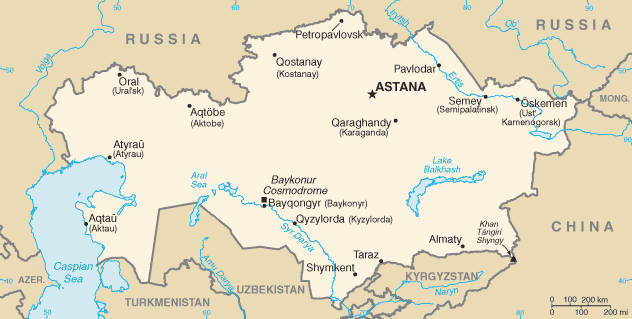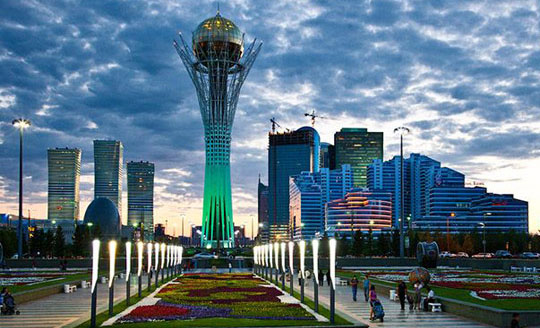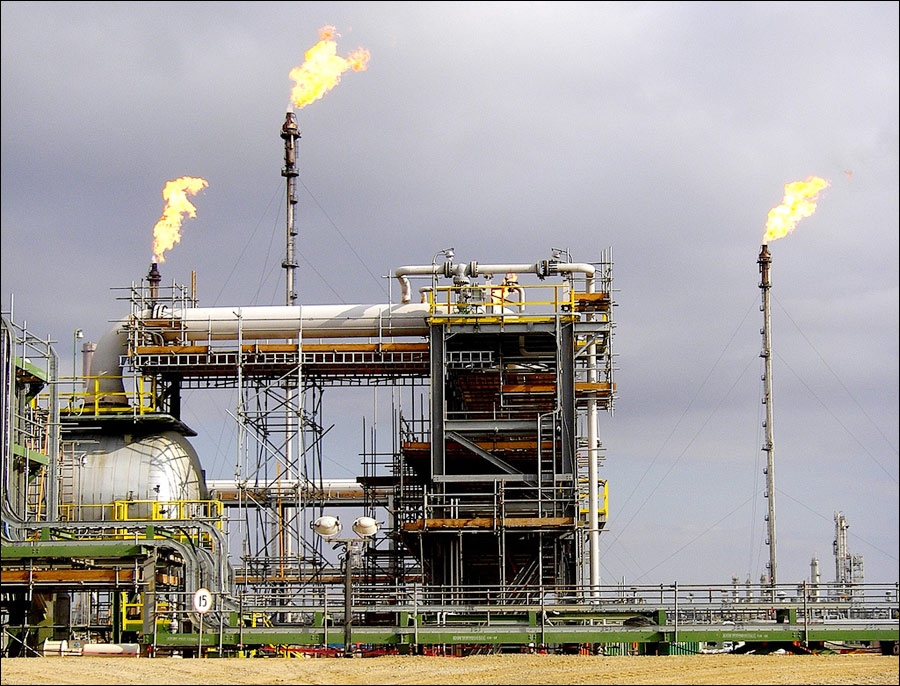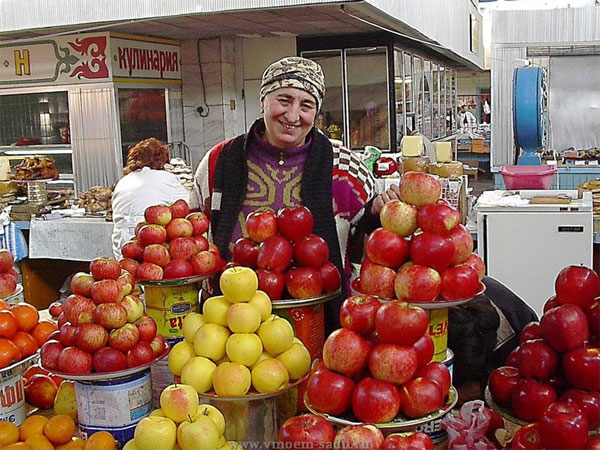Whenever I think of
Kazakhstan, I think of that movie “Borat” that came out a few years ago. I
never watched it just because it gave me the feeling that perhaps it was
putting the country of Kazakhstan in an unfair light. Purely based on the
trailers, it just seemed that it was making these people seem so backwards and
unaware of any American customs (or anything outside of their small village).
Granted, this is a comedy. I get that. And there are always customs whenever
you go to any country that may be new. I get that, too. Maybe I should give it
a shot, but it just seems like there are so many other movies out there worth
watching first.
Following in the
same format of several other countries, the ending –stan means “land of.” So, essentially this is the Land of the
Kazakhs. The term “Kazakh” itself was stemmed from an Old Turkic word meaning
“independent or free spirit” and was in reference to their nomadic horseback
riding traditions. (In the popular Game
of Thrones, the fictional Dothraki people were thought to be based on these
horseback riding cultures. The Rohirrim of The
Lord of the Rings also draws inspiration from this as well.)
Kazakhstan is a
very large country. In fact, it’s the world’s 9th largest country by
land. Not only that, but it’s THE largest landlocked country in the world,
which should go right at the top of its résumé. It’s bordered by Russia to the
north and west; China to the east; and Kyrgyzstan, Uzbekistan, and Turkmenistan
to the south. Kazakhstan’s land is quite varied with mountains, steppes,
canyons, deserts, rivers, lakes, and hills. It does claim quite a bit of
coastline of the Caspian Sea on its western border, across from Azerbaijan and
Iran as well. Incidentally, the Caspian Sea is also the world’s largest lake,
despite its misnomer. I wonder if they have ever used the tourism slogan
“Everything’s Bigger in Kazakhstan,” or if Texas would get mad if they did.
The earliest groups
of people living here were Indo-Iranian nomads, the most well known being the
Scythians. They domesticated and trained horses early on and many of the people
of Central Asia became adept at their skills in riding. Later the Cumans and
Kipchaks (both nomadic Turkic groups) joined forces and ruled the area.
Although there were a few cities that benefitted from being near the famous
Silk Road, they were more concerned with the Mongol invasions, which eventually
did happen because the Mongols kind of took over most of Asia during the 13th
and 14th centuries. Real estate moguls would be an extremely
euphemistic term (I mean that sort of sarcastically, although their empire was
twice as large as the Roman Empire). By the 15th and 16th
centuries, the Kazakh people began to emerge with their own identity along with
their language, economy, and culture, and the next couple of centuries would
consist of fighting between various other nomadic groups in this region as they
began to establish themselves here. During the 19th century however,
the Russian Empire began to start stretching the boundaries of its territory.
Not only did they push their way into other European countries, they also pushed
their way into Central Asia including Kazakhstan. They would stay in control
until Kazakhstan gained its independence in 1991 (they were the last to break
away from Russia). Even though there were many unpleasant things that happened
while the Russians were there (as if forcing your way into another country
wasn’t bad enough, there was also the stifling of the Kazakh culture in order
to assimilate to theirs, forced collectives and mass hunger causing mass
emigration, assassination of anyone involved in the arts, academics, and other
people who think for a living, Soviet labor camps, using their land to test nuclear
bombs, etc.), there were other effects of the Russian occupation: they adopted
Russian cuisine, culture, and the Cyrillic alphabet and the Russian language as
well as the building of schools, hospitals, train lines, roads, and other
governmental buildings in an effort to modernize the country. The interesting
part is that Kazakhstan has only had one president since 1991. Six years into
its independence, the capital city was moved from Almaty along the southeast
border to Astana, which is more centrally located albeit slightly north.
Astana is the
current capital city of Kazakhstan, and like Canberra, Brasília, and
Washington, D.C., it is a planned city. It’s also had as many name changes as
P. Diddy or whatever he goes by now. Located along the Ishim River, it was once
a small village known as Akmoly. When it was actually granted a town status,
the name changed to Akmolinsk. In 1961, the Russians changed its name to
Tselinograd. After the country gained its independence, it was changed yet
again to Akmola. However, once the decision to move the capital here, they
agreed to change its name to Astana, which means “capital” (just so there’s no
confusion). Today it’s quite a modern city filled with universities,
world-renowned architecture, an economic and commercial center, sports venues,
government centers, shopping and arts districts, and modern public
transportation. Astana is known for its modern, futuristic skyline.
Among Central Asian
countries, Kazakhstan’s economy is the largest and strongest in the region.
Economic drivers include crude oil and agriculture, and the country is also a
leading exporter of uranium. Even during the economic crisis of 2008-2009,
Kazakhstan’s economy remained fairly stable. The government implemented
stimulus packages to the banks and other financial entities to promote growth. Part
of what makes their economy strong is their abundance of natural resources. The
country has large reserves of chromium, lead, uranium, zinc, iron, gold,
copper, coal, manganese, petroleum, natural gas, and diamonds. They are
currently working toward expanding their housing market and infrastructure.
Nearly 70% of the
population is Muslim while only a quarter is Orthodox Christian. Many times,
countries will retain a large number of followers of the colonizing or
occupying country. Not so in this case. Because the Russians banned religion
during those Communist years, many Kazakhs looked to their own heritage and
history once they gained their freedom back. There are several different
denominations of Islam practiced in Kazakhstan as well as smaller populations
of Roman Catholics, Protestants, Hindus, Bahá’ís, Buddhists, and others.
Kazakhstan has two
official languages: Russian, which is the language used in education,
government, many businesses, and often as a lingua franca between peoples of different
ethnicities (although Kazakh is slowly replacing it on that term) and Kazakh, a
native language that is spoken by roughly 65% of the population. Although
currently, Kazakh is written using the Cyrillic alphabet, there are plans in
place to change over to using the Roman alphabet within the next decade (I’ll
be interested to see how easy of a change this will be, but since I live in the
US, I’ll hear nothing of it here. I’ll be lucky if I happen to see it mentioned
on BBC or Al Jazeera.). There are several other minority languages spoken
throughout the land: Tatar, Uyghur, Kyrgyz, Ukrainian, and Uzbek. English and
Turkish are popular second languages learned in Kazakhstan. However, unlike
many other countries, there is very little that is translated into English, so
you better brush up on your Kazakh or Russian if you want to survive your visit.
Kazakhstan does
have a lot of rural areas. The barren, flat areas called the steppes can attest
to that. And there are many things they do differently, like I saw that many
areas have their water pipes run above ground. (It would certainly make repairs
easier, and according to my husband, it still has the same chance or slightly
less of a chance of freezing whether it’s underground or above.) The other
thing I read about is that it’s widely thought that apples originated from
Kazakhstan, and many apple forests are still found there. It’s interesting
because in the US, we have the legend of Johnny Appleseed who was actually a
real person traveling across the eastern portion of the US planting apple
trees; his grave is in Fort Wayne, Indiana, about two hours northeast of where
I live. However, I didn’t choose any apple recipes this go around, but I did
choose several other tasty dishes. And as I read on someone’s blog, “This
country is nothing like the movie Borat.”
For that, I’m glad to know.
Up next: art and
literature








The Republic of Kazakhstan - a monstrous Central Asian country that has been occupied subsequent to the Stone Age, route before time was recorded. The greatest landlocked country on the planet, Kazakhstan holds staggering potential in the tourism business, with incredible obscure travel destinations. Alma-___, Kazakhstan
ReplyDelete